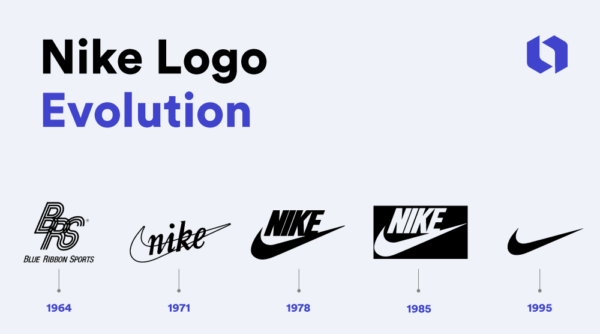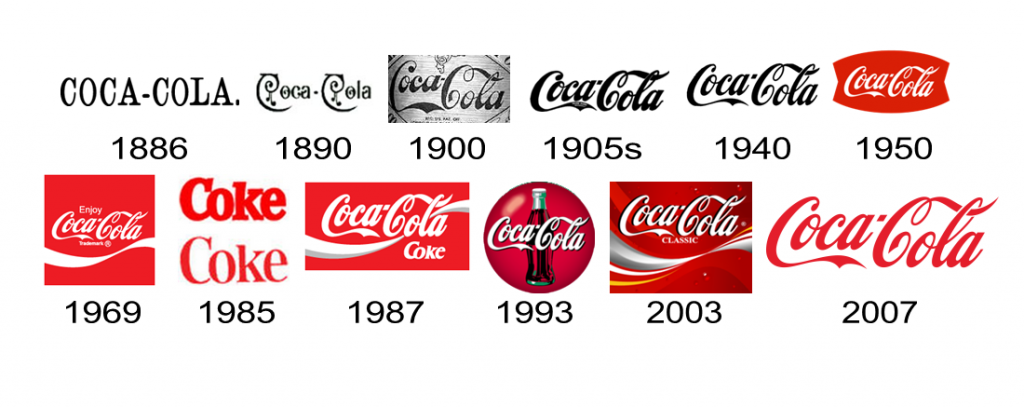What Problems Does Branding Solve?
We believe branding is problem solving!
Your brand represents your promise to your customer & your branding helps you connect with your customers emotionally by solving some problems.
The word "problem" is not used to say that something as broken. Instead, a problem is something to improve. A problem is a gap between the current state and the ideal future state.
Branding solves many problems, some of them are:
Recognition
Branding helps consumers identify your brand. The more brand recognition you gain from consumers, the more successful your brand will be.
Problem
The process of branding (brand strategy & identity) helps pinpoint your brand's biggest problem or the lever that will solve many small problems at once.
Sales
Branding helps you form an emotional connection with the consumers and helps build trust so they feel comfortable investing in your product/service.
Loyalty
Branding, along with a great customer experience, helps the consumers attach a positive association with your brand and choose you over the competitors.
Impact
Branding helps you clearly communicate the values your brand stands for, which in turn inspires all who interact with your brand to do the same.
Here are three real-life examples of companies that successfully solved specific problems through branding:
Apple Inc. - Building a Lifestyle Brand:
Apple Logo EvolutionApple is a prime example of how branding can transform a company and its products. In the late 1990s, Apple was struggling and in danger of bankruptcy. Steve Jobs returned to the company and initiated a rebranding strategy. Apple shifted its focus from traditional computers to personal technology, creating a brand that emphasized innovation, simplicity, and design excellence. This rebranding effort not only saved the company but turned it into one of the most recognized and valuable brands globally. Apple's branding now represents a lifestyle and a commitment to quality and innovation.
Nike - Empowering Athletes Worldwide:
Nike Logo EvolutionNike is another iconic brand that used branding to address a specific problem. In the 1990s, Nike faced criticism for labor practices and allegations of exploitative working conditions in overseas factories. To counter this negative image, Nike launched a comprehensive rebranding campaign emphasizing its commitment to social responsibility and empowering athletes. The "Just Do It" slogan and the swoosh logo were reinforced to convey a message of determination and inclusivity. This rebranding effort not only restored Nike's reputation but also strengthened its position as a leading sportswear brand.
Coca-Cola - Staying Relevant Through the Years:
Coca-Cola Logo EvolutionCoca-Cola, a brand with over a century of history, continually reinvents itself to stay relevant. Over the years, the company has introduced various branding campaigns and adaptations, such as the "Share a Coke" campaign, which personalized their product packaging with common names and encouraged consumers to share their Coke moments. This rebranding initiative boosted sales and engaged consumers on a personal level. Coca-Cola's ability to adapt and evolve while staying true to its core values is a testament to the power of branding to solve the problem of staying contemporary in a changing market.
These real-life examples illustrate how branding can address different problems, from financial crises and image rehabilitation to remaining relevant in an ever-evolving market.
FAQ’s
-
For small businesses or startups operating on tight budgets, effective branding strategies can still be within reach. A focus on consistency and clear messaging can go a long way. Startups should invest time in defining their unique value proposition and core values, and then convey these through all their communication channels, be it social media, their website, or packaging. Collaborations with local influencers, participation in community events, and leveraging word-of-mouth by providing exceptional customer service can also enhance brand recognition and trust without a hefty price tag.
-
Evaluating the success of a rebranding initiative involves looking at a variety of factors. Beyond the immediate metrics like an increase in sales, website traffic, or social media engagement, it's important to assess long-term indicators such as customer retention, brand recall, and customer satisfaction. The impact of a rebrand can be seen in the short term with a boost in publicity and customer curiosity, but true success is usually observed over a sustained period, typically over several months to a year, as the new brand identity resonates with the audience.
-
While there are many success stories, branding doesn't always go as planned. A case study that comes to mind is the rebranding of New Coke in 1985, which is often cited as a significant branding misstep. Coca-Cola introduced a new formula and branding to rejuvenate the brand but faced immediate and widespread backlash from consumers who cherished the original formula. The company swiftly reverted to its classic version, a move that eventually reinforced customer loyalty. This scenario underscores the importance of understanding and respecting customer preferences and the heritage of the brand. It serves as a reminder that while innovation is crucial, maintaining the core essence that customers love is just as important.
If you enjoyed this article do check out our DIY branding assessment tool here: RateMyBrand and our article on 3 Common Branding Mistakes DIYers Make And How To Avoid Them
Would like to have a conversation about how branding can solve your brand's specific problems, we would love to chat with you get in touch!
Cheers,




